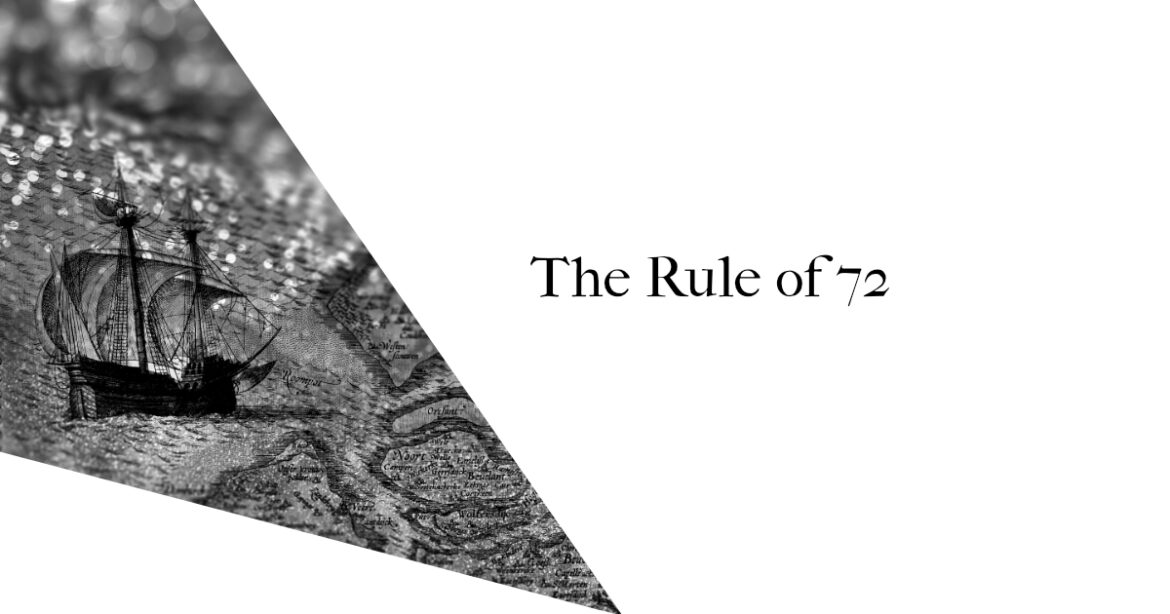The Rule of 72

The Rule of 72 is a simple way to estimate how long a particular investment or debt will take to double given a fixed annual rate of return. Some students try to apply this rule to their student loans, but it is not applicable because direct loan interest does not compound.
For example, if an investment were to have an annual rate of return of 7%, where the returns were re-invested, it would double in approximately 10 years (72 divided by 7). We typically use this calculation when discussing index funds or other equities.
Since the interest that accumulates on student loans in the direct loan program is simple interest it would take about 14 years for a loan with an interest rate of 7% to double in size.
Example: a $100,000 loan with 7% interest accumulates $7,000 in interest each year. If the borrower’s monthly payment were calculated to be $0 under one of the income driven repayment plans, the principal balance at the end of 1 year would be $100,000 with an outstanding interest of $7,000 for a total balance of $107,000. However, since the outstanding interest is not capitalized, the borrower will continue to accumulate interest on the original balance of $100,000 during her second year of payments under IDR, instead of the new balance of $107,000. Therefore, only $7,000 will be added to the loan each year assuming $0 monthly payments under IDR. $100,000 divided by $7,000 = 14.3 years.
